New Zealand’s Famous Abel Tasman Track –
11 Reasons it’s an Easy Multi-day Hike
I recently completed New Zealand’s famous Abel Tasman Coastal Track, one of the country’s nine designated ‘Great Walks’. I’d originally planned doing the hike way back in my 20s, so I’d waited an awfully long, long time to hike that trail. But at least I finally made it.
I’m very happy to report that after all the anticipation and expectations built up over the years, I was not at all disappointed. The scenery, topography and flora are spectacular and extremely varied. And, just as I’d hoped for, I was blessed with beautiful sunny, warm weather.
While walking the trek over 4 ½ days I couldn’t help but note what an easy multi-day trek it is, particularly in the scheme of outback multi-day treks around the world. In fact, just about anyone with decent fitness and reasonable preparation should be able to walk it, even if they have little outback hiking experience. In the very least, they could do a section of the trail as a day hike.
I won’t say it’s a snap. There are steep hills to climb up and down. There are distances to cover. Even I, a veteran hiker and fitness nut, got tired out, occasionally even exhausted, during my 4 ½ day trip. But Abel Tasman Trek is most certainly doable and, without a doubt, gorgeous.
A variety of factors account for Abel Tasman’s comparative ease – having to do with terrain, weather, altitude, trail conditions and park access.
You see, any multiple-day hike out in nature presents several challenges to health, safety, well-being and comfort. Therefore, whenever tackling any wilderness trek, it’s extremely important to be prepared for all type of weather conditions and any potential problems such as injury, illness, getting lost and dealing with wild animals.
Particularly in mountains, weather can change very quickly and without warning. High altitude can cause several difficulties including altitude sickness, rapidly changing weather, sunburn and dehydration. Water sources can be scarce and water usually must be purified or boiled to avoid giarrdia and/or other water-born illnesses.
In the case of Abel Tasman Trek and National Park, all of these potential hazards are relatively minimal. Added to that the great trail conditions and easy access help make the trek one that most people can complete if they’re so inclined.
Here are 10 reasons why Abel Tasman Coastal Trek is so relatively easy:
1. Relatively flat terrain
Much of the coastal trail follows directly along South Island’s north coast. Sometimes it plods right onto the long golden beaches. Other times it runs high above the water line along mostly flat trails that hug rocky cliff faces or pass through gently sloping forests.
The trail also features several climbs, mostly at points where the trail must head inland and pass over low mountains. Some climbs are long and gradual, some steep. But none take more than 20-30 minutes nor rise in elevation more than 300 M / 1000 ft.
Compared to hiking in most mountains, this is extremely mild climbing. Anyone with reasonable fitness can tackle Abel Tasman’s hills without too much difficulty.
2. Low altitude
Hiking in high altitudes presents infinitely more potential hazards than hiking near sea level. The higher the terrain, the more extreme the temperatures. And mountains have notoriously quick-changing, unpredictable weather that can quickly become dangerous for any unprepared hikers. Altitude sickness is also a risk over 10,000 ft / 3000 M.
Abel Tasman’s very low altitudes avoid most of these hazards, or at least present them in much milder versions.
Don’t get me wrong – even at Abel Tasman weather conditions can change very rapidly in terms of temperature, sun, cloud cover and rain, due to its location on the Tasman Sea and the coast-hugging mountains.
It’s still important to go prepared with warm clothes and rain gear. But there’s not quite the degree of danger as hiking in high altitude mountains.
3. Mild weather
As I just mentioned, Abel Tasman’s weather can and does change very rapidly. All hikers must go prepared with clothes & gear for all weather conditions from cold to hot, scorching sun to chilly rain, possibly even snow in winter.
However, compared to high mountain terrain, Abel Tasman’s weather is relatively mild.
4. Trails are like sidewalks
Most of the 55-km / 25-mile coastal trail is much like a city sidewalk, minus the cement. It’s wide, flat and smooth with very few roots, stones, gravel or other rough features typically found on most wilderness trails. That makes walking much easier and requires considerably less concentration than trails littered with tree roots, stones and uneven surfaces.
The wide trail also means it’s extremely easy to follow. In addition to the well-signed trail junctions, it would be pretty darn difficult to lose sight of the Abel Tasman Trail or get lost.
5. Trails are well-maintained
Abel Tasman Trek must be the most well-maintained trail I’ve ever hiked. No fallen trees or rocks block the track. There’s no need to climb over or under logs anywhere on that trail!
A series of water trenches cut across the trail at regular intervals, for cases of heavy rainfall. And, as mentioned, trail junctions are very well sign posted. It would be very difficult to get lost.
Well-constructed, sturdy bridges cross over rivers, streams and marshes. Raised wooden walkways cross over many tidal flats and marshes. This all makes hiking infinitely easier than having to repeatedly ford rivers, dip in and out of creeks and wade across boggy land.
6. Plentiful water access
A major difficulty of many wilderness treks is a lack of water sources. Humans can only walk so far without drinking water. Hiking, especially while carrying a backpack and/or climbing up and down hills, requires a large and continuous supply of drinking water.
And water is heavy – 8 lb per quart / 3.65 kg per liter.
Therefore, the more abundant and frequent the water sources along a trek, the less water you have to carry and the easier it is to hike.
Abel Tasman trek is blessed with extremely abundant water sources. The trail is continuously crossing small creeks, streams and a few decent sized rivers. So natural water is readily available.
On top of that, DOC provides tapped ground water at every campground and hut along the trail. For most sections of the track, hikers rarely have to walk more than 1 -2 hours between tapped water sources.
For most of the tapped water sources, DOC still recommends boiling or purifying before drinking. But at the trek’s four major huts, purified drinking water is also provided.
7. Huts are available
Hikers on Abel Tasman Trek have the option of camping or staying in dorm-style huts.
Huts allow hikers to get out of inclement weather to warm up or cool down. They provide beds to sleep on, which means those who choose to stay don’t have to carry around a tent and sleeping pad. That can significantly lighten up the load.
Travelers who don’t own tents can also hike the trail and stay overnight out in nature.
8. Abundant Facilities
Every campground and hut along the trail system provides tapped water, picnic tables, toilets and even toilet paper, something I’ve NEVER seen on an outback trek. Amazingly, some toilets are even flush style, rather than compost.
Huts have kitchen facilities, as do some campgrounds. Huts also have wood burning stoves and a wood supply at the ready. Some campgrounds allow fires, in which case wood and even an axe are provided for use. Pretty plush for outback hiking!
9. Abel Tasman is not remote
Abel Tasman is a national park, and it consists entirely of nature with very little development. But it is most certainly not remote in any sense of the word.
Water taxis and shuttles ply the coast several times daily, dropping off / picking up visitors at several designated beaches. Hikers can reach most points along the coast within a maximum of two hours.
In addition, clusters of privately-owned holiday homes are located within the park at several major points. People are around. Boats are around.
That all means that visitors can get in & out of the park quite easily just about any time. If anyone had any problem such as injury, sunstroke, foul or dangerous weather, they’d be able to get shelter, help or leave if necessary.
That is most certainly not true of most multi-day treks around the world.
10. Easy and varied access
As mentioned above, various water shuttles and water taxis ply the waters, dropping off / picking up visitors at several designated beaches. That gives visitors many different options for enjoying the park. In fact, Abel Tasman Sea Shuttles, based in Kaiteriteri near the start of the trek, offers a whole range of package trips including hiking, boating, kayaking and either staying in the park or back in town.
As it turns out, a large percentage of visitors to Abel Tasman prefer to just ‘dip their toes in’ the park by completing just one section of the trek as a day hike and/or combining that with a short kayaking trip. The Sea Shuttles drop people off at one point then pics them up later in the day at another point or else lets them walk out to Marahau, a tiny town on the edge of the park.
Other visitors prefer viewing the park only from sea on an informative Sea Shuttles cruise.
Even more serious hikers often make use of the Sea Shuttles and sea taxis by walking the entire trail in one direction then catching the shuttle back. In fact, I did that myself. It proved to be a perfect ending to my trek. I got to see all the places I’d just hiked, camped, suntanned and enjoyed myself.
In addition, the captain gave an ongoing informative talk about the history, topography and features of the park. We even got to see seals in the wild at tiny Tonga Island! It really put the icing on the cake of my trek.
11. Many people are around
This can be seen as either a benefit or downfall of the Abel Tasman Trek. For hikers who prefer a more solitary, alone-in-nature experience, having so many other hikers, kayakers, day-trippers and even residents around can be a drag.
Regardless, it does mean it’s easy to find companionship or seek help if needed. And however you look at it, that does make the trek easier and safer than being way out in remote wilderness with nobody around for days in any direction.
 Summary
Summary
There’s good reason Abel Tasman Coast Trek is one of New Zealand’s nine ‘Great Walks’. It’s supremely beautiful with many amazing panoramic views and a surprising diversity of topography and eco-systems.
On top of all that, it’s a relatively easy multi-day trek that even less-experienced hikers can complete comfortably.
I greatly enjoyed my 4 ½ day hike and highly recommend it to anyone visiting New Zealand.
———————————————————————————————————————–
You might also enjoy:
Photo Gallery: New Zealand’s Stunning Marlborough Sounds
All About Kauri Trees: New Zealand’s Ancient Giants
Watch me Fly a Stunt Plane in New Zealand!
————————————————————————————————————————

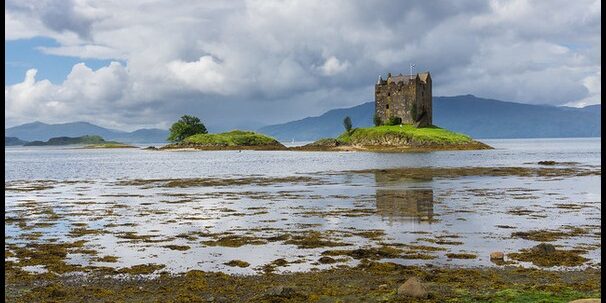


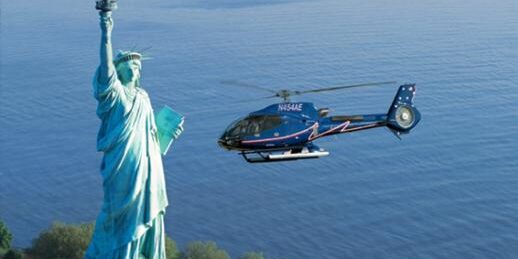


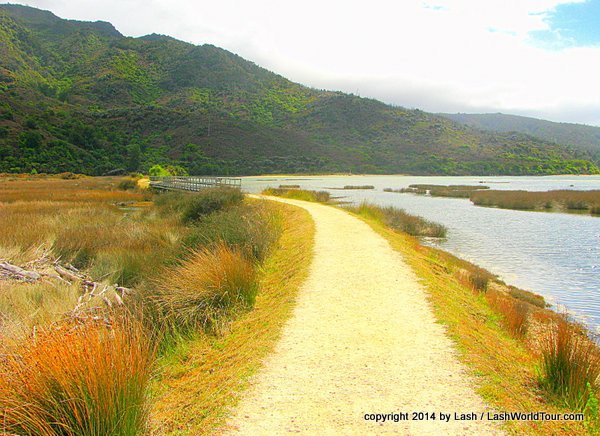
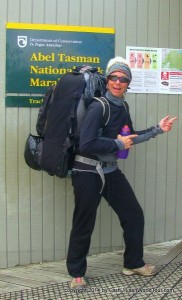
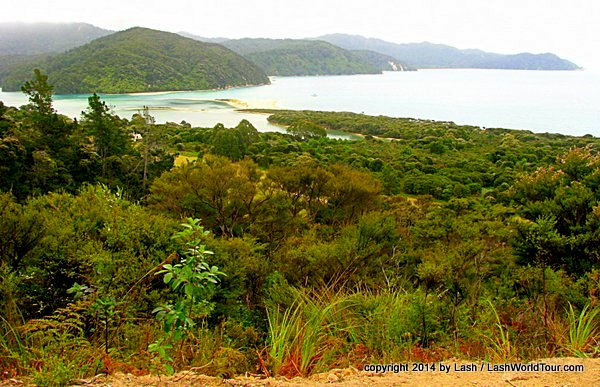
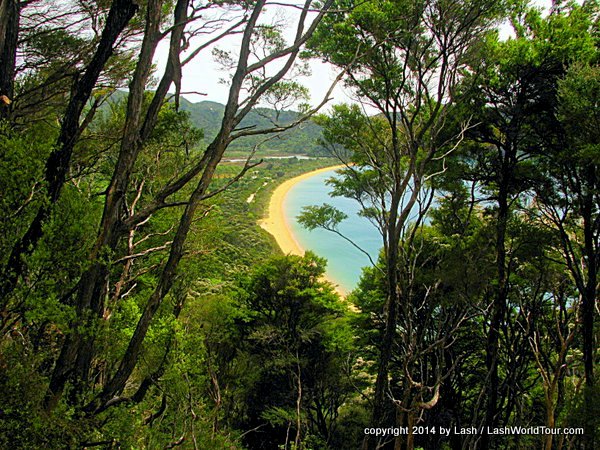
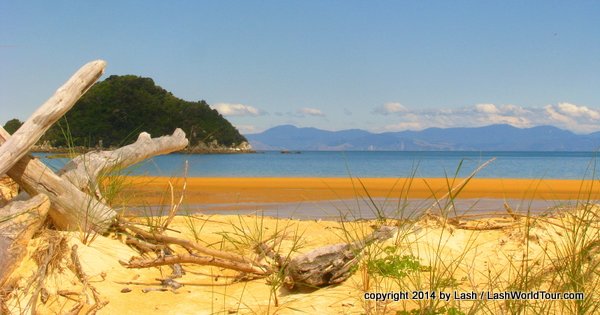
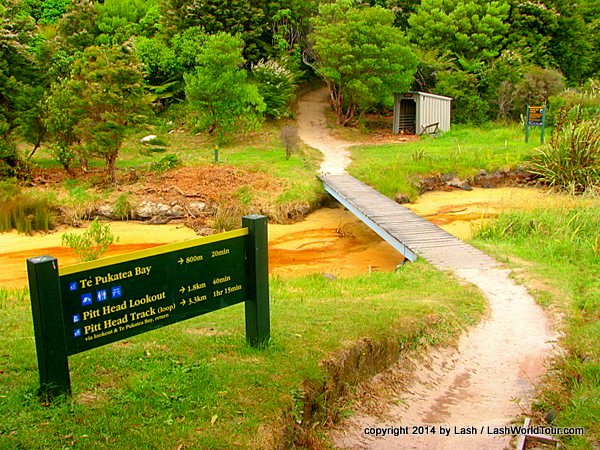
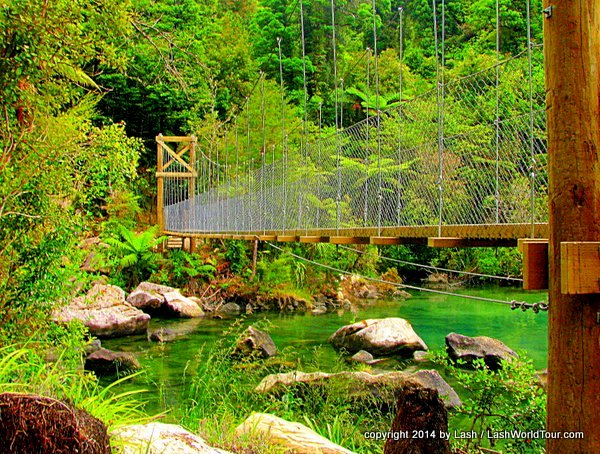
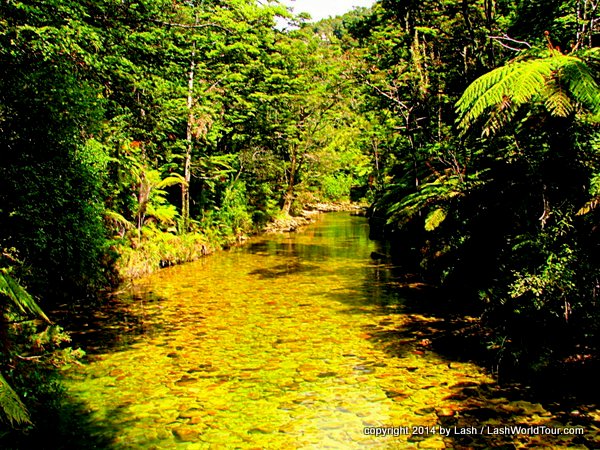
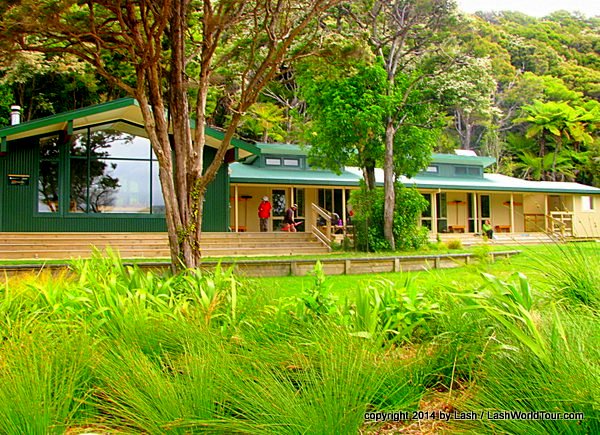
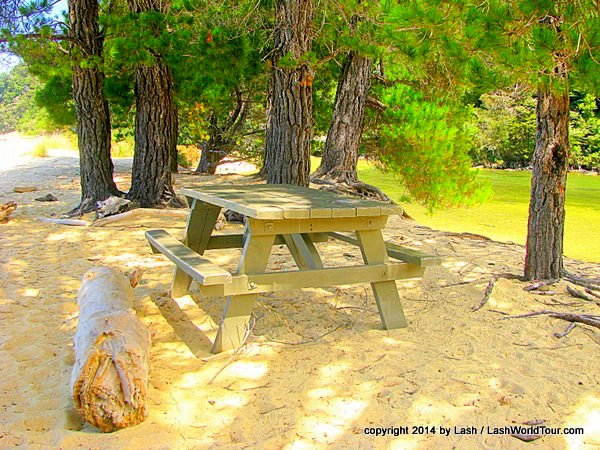
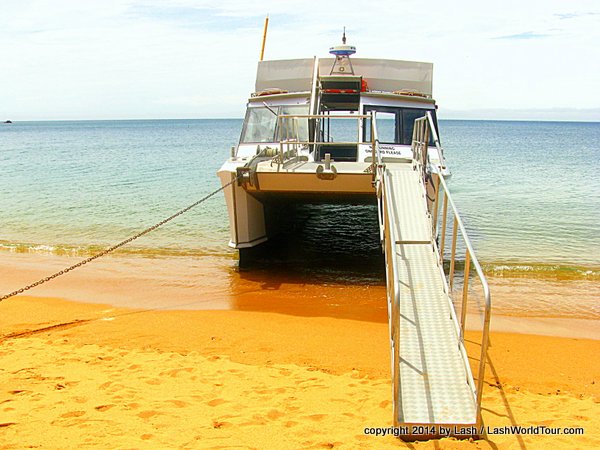
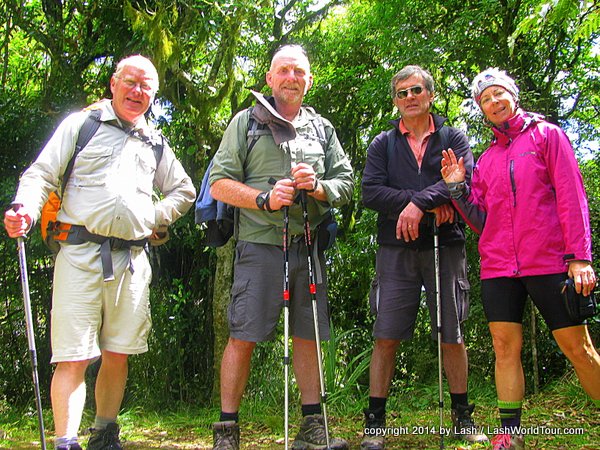
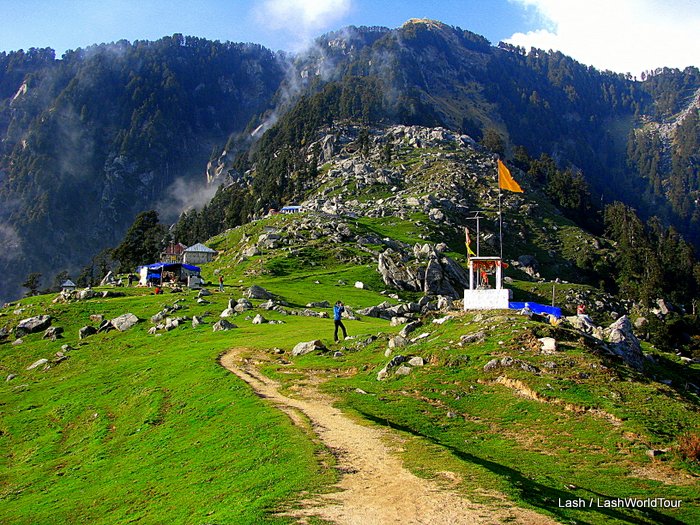
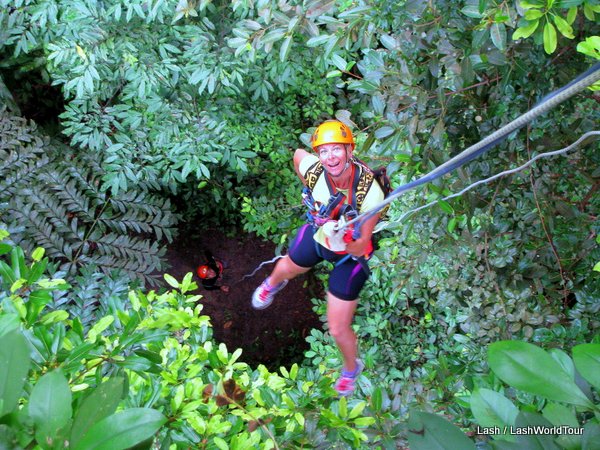
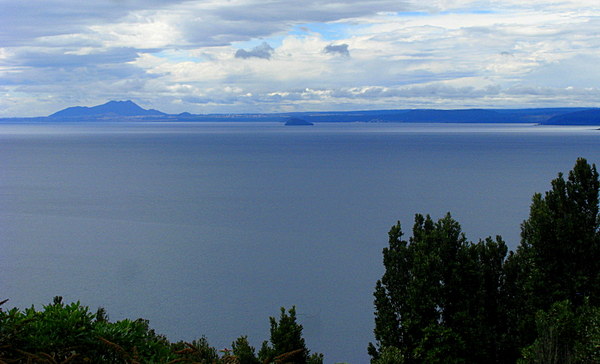
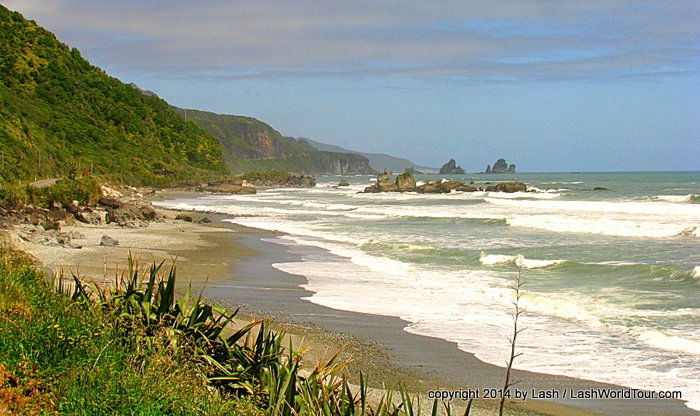

 Hi! I'm Lash, an American nomadic world traveler who's been traveling solo since 1998. I’m passionate about traveling the world nomadically and then sharing it all with you. I hope to inspire you to travel the world, to entertain you with tales from the road, and to help you reach your travel dreams. Welcome!
Hi! I'm Lash, an American nomadic world traveler who's been traveling solo since 1998. I’m passionate about traveling the world nomadically and then sharing it all with you. I hope to inspire you to travel the world, to entertain you with tales from the road, and to help you reach your travel dreams. Welcome! 




6 pings
Photos of West Coast of New Zealand's South Island » LashWorldTour
2014/12/19 at 4:41 pm (UTC 8) Link to this comment
[…] « New Zealand’s Famous Abel Tasman Track – 11 Reasons it’s an Easy Multi-day Hike […]
NEWS: My Abel Tasman Track Story Featured » LashWorldTour
2015/01/11 at 2:17 pm (UTC 8) Link to this comment
[…] Here’s my Abel Tasman Track story […]